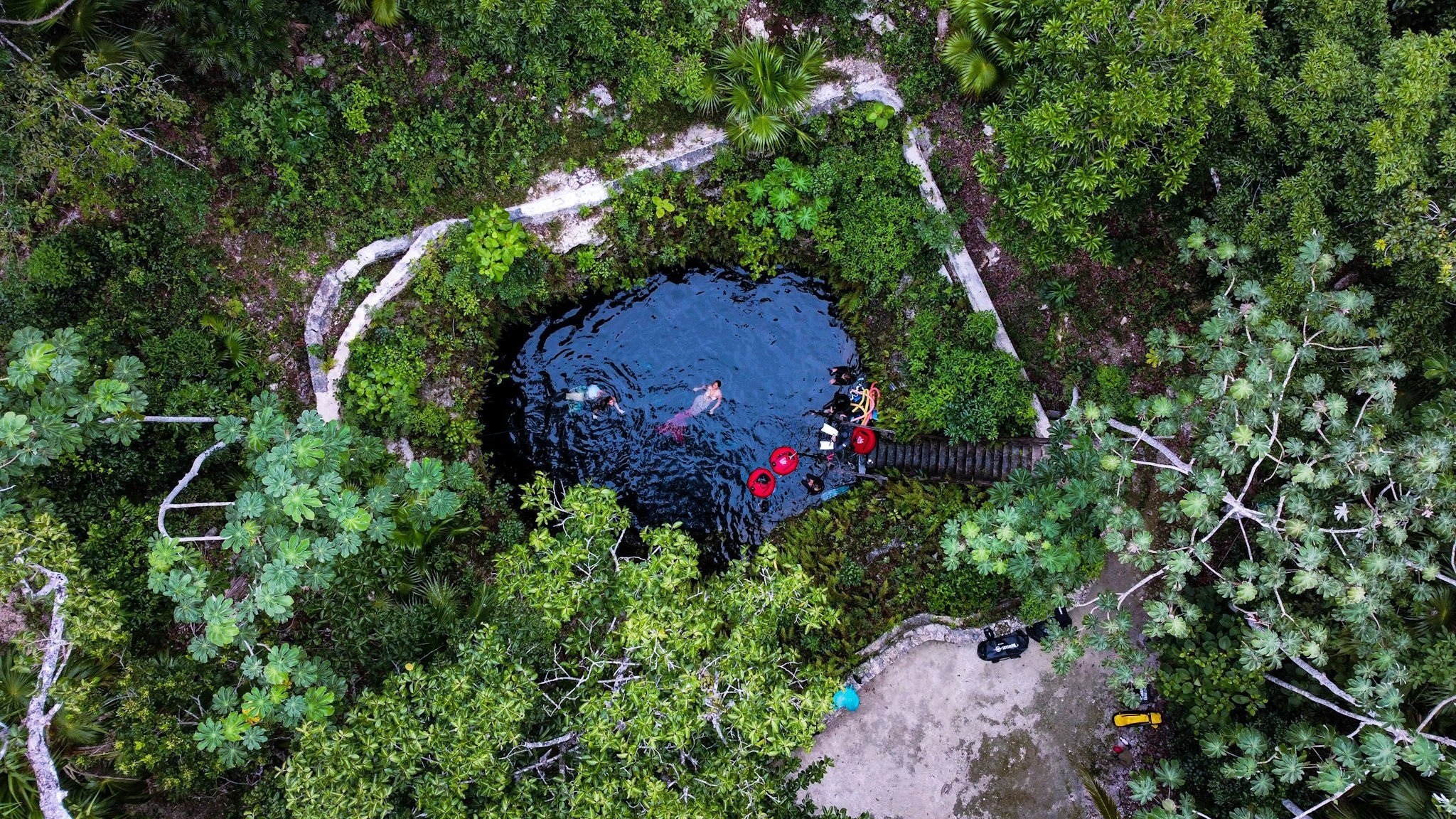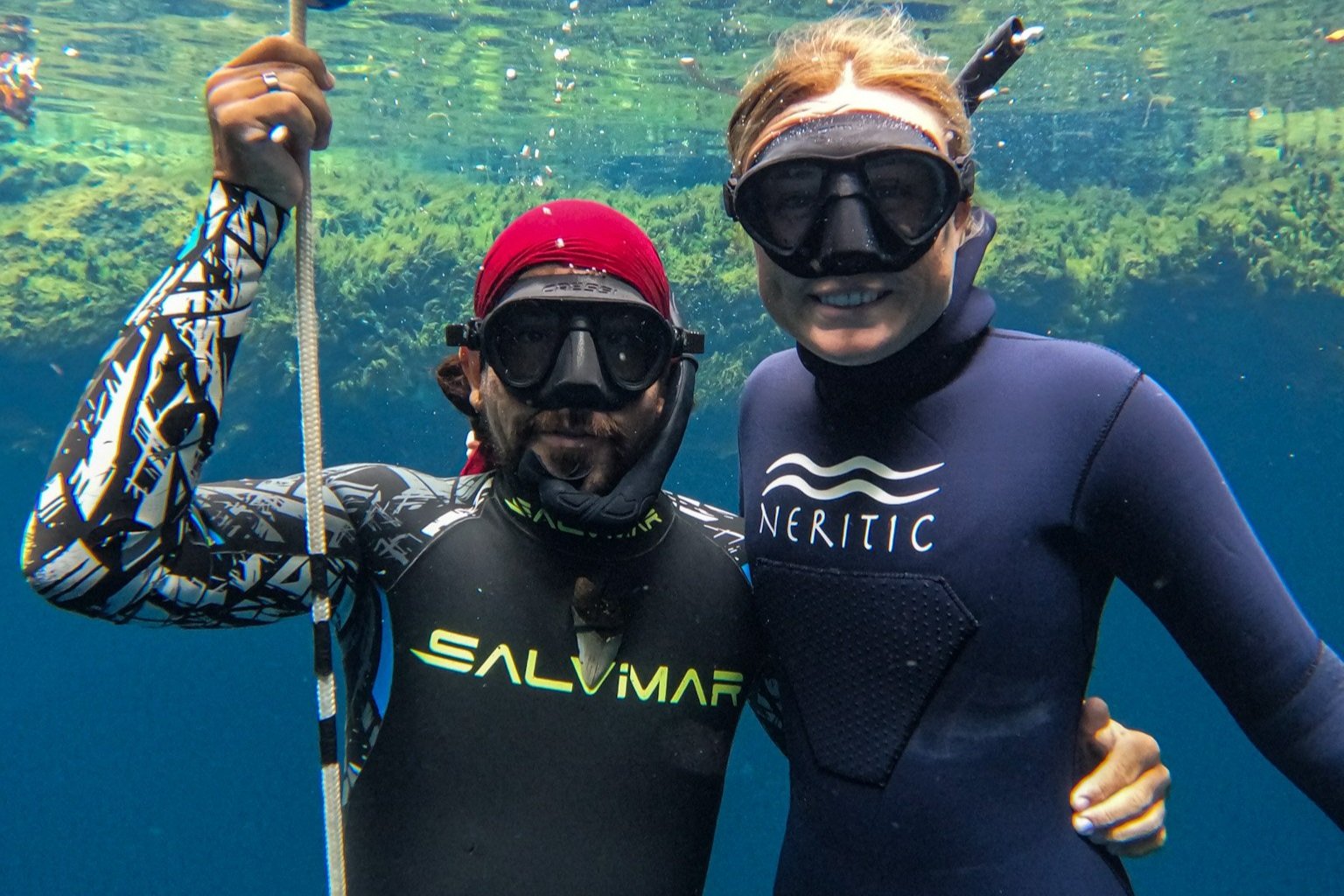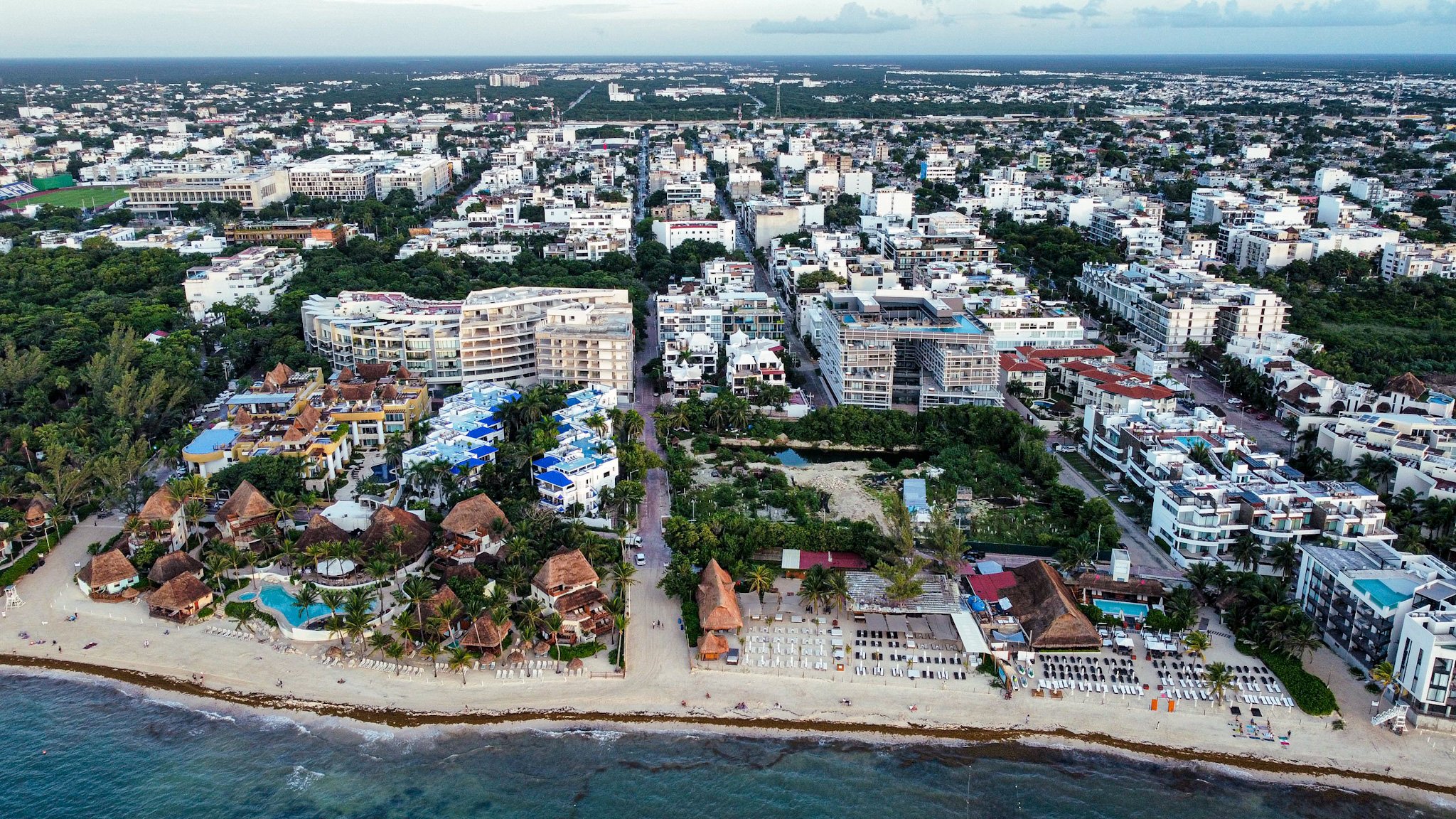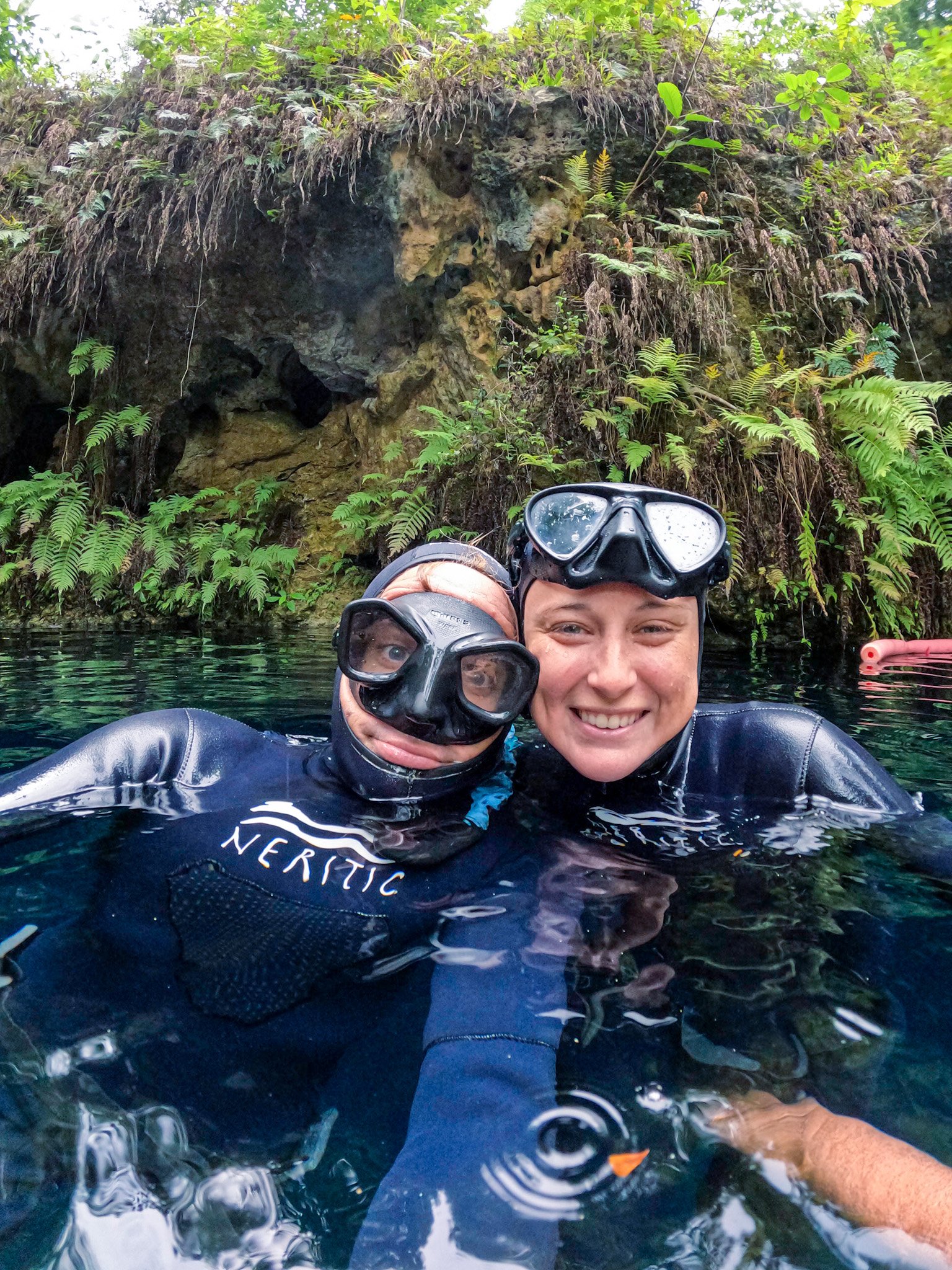Mexico Cenotes

Freediving Cenotes in Mexico
Looking to Freedive Mexico’s Cenotes? This blog serves as a helpful guide for first time visitors!

How to Get to Mexico’s Cenotes
The Yucatan Peninsula is one of the world’s top freediving destinations, easily accessible for American travelers. Cancun International Airport offers frequent direct flights from the U.S. Our 1.5-hour flight from Fort Lauderdale made the journey quick and easy! From the airport, you can rent a car or take a taxi to your destination—just be ready for some serious speed bumps!
Where to Stay
Most freedivers choose accommodations in Cancun, Playa del Carmen, Tulum, or lesser-known towns such as Puerto Morelos. After spending nights in both Playa del Carmen and Tulum, we found “Playa” to be our favorite. It offers the perfect blend of nightlife, restaurants, and proximity to the cenotes—without the tourist-heavy vibe of Cancun and Tulum.

How to Freedive the Cenotes
Most cenotes are privately owned, so diving with a local freediving school is a must. We’ve had great experiences with Blackfin Freediving and Mexican freediving champion Pepe Salcedo, as well as Pranamaya Freediving in Playa del Carmen.
Pranamaya also hosts the Azul Freediving Challenge every May and September—a great beginner-friendly competition if you’re looking to test your skills!
Many cenotes offer much deeper depths than inland sites in the U.S., with some reaching 60-70+ meters, compared to Florida’s springs that generally max out around 20 meters.

How to Freedive the Ocean
Mexico’s Caribbean coast offers spectacular ocean dives. Whether you explore Cozumel, Isla Mujeres, or dive directly off Playa del Carmen, you’ll find vibrant reefs, shipwrecks, and even seasonal wildlife migrations like whale sharks, bull sharks, and sailfish.
On recent trips to Playa del Carmen, we also connected with Alejandro, who offers guided spearfishing tours. After catching Permit, Snapper, Yellowjack, and Lobster, we celebrated with fresh ceviche and tacos at his restaurant, Don Cevichon. Check out this YouTube video from our September 2024 adventure!

Best Time to Travel
While we traveled during Hurricane season (May-October), which delayed our trip, cenote conditions remain stable despite rain. Summer can be hot and humid, with sargassum affecting beach clarity, so winter may offer a more pleasant experience.

Other Helpful Info
The Yucatan Peninsula is vibrant with culture, food, and friendly locals, but it’s good to stay alert. Tourist hotspots like Playa’s 5th Avenue can have aggressive vendors, so keep an eye on your receipts and carry cash for purchases like gasoline.
Be aware that cenotes don’t allow sunscreens or other chemical products, so come prepared. Water temperatures hover around 77°F, making them slightly warmer than Florida’s springs. Don’t forget ear care—some cenotes have limited water flow, leading to bacterial buildup. Clean your ears thoroughly after diving to avoid infections.

Other Things to Do
Outside of diving, there is plenty to do in Mexico’s Yucatan!
- Visit a Mayan Ruin
- Check out the Nightlife on 5th Avenue (Playa Del Carmen
- Visit the Pepe Soho Museum
- Eat traditional Mexican food
- See a local massage therapist
- Swim in a rooftop pool
- Take influencer pictures in Tulum (lol)
 Join Keke’s Annual Women’s Whaleshark & Yoga Retreat
Join Keke’s Annual Women’s Whaleshark & Yoga Retreat
We offer an exciting annual Women’s Whaleshark Freediving & Yoga Retreat, led by Keke. This unique adventure combines freediving with yoga and swimming alongside whale sharks! See YouTuber Kelly Young’s experience from August 2024 for a glimpse into this incredible retreat.
Learn more about the retreat here.

